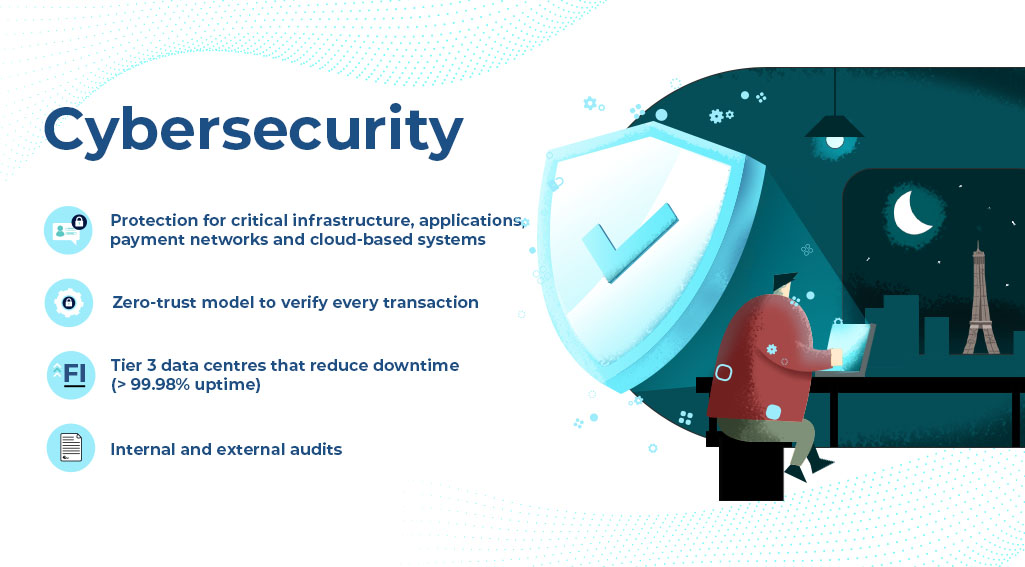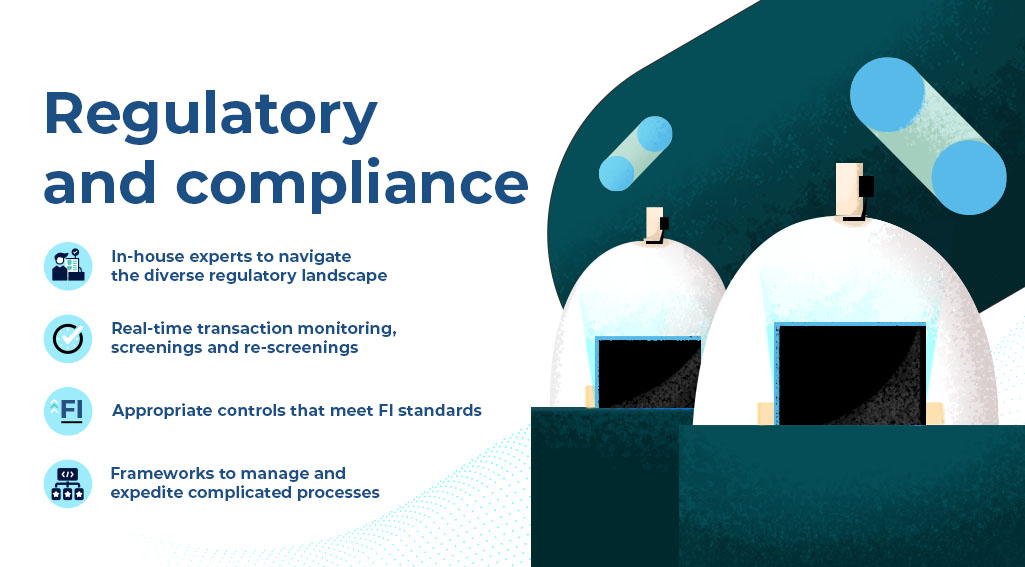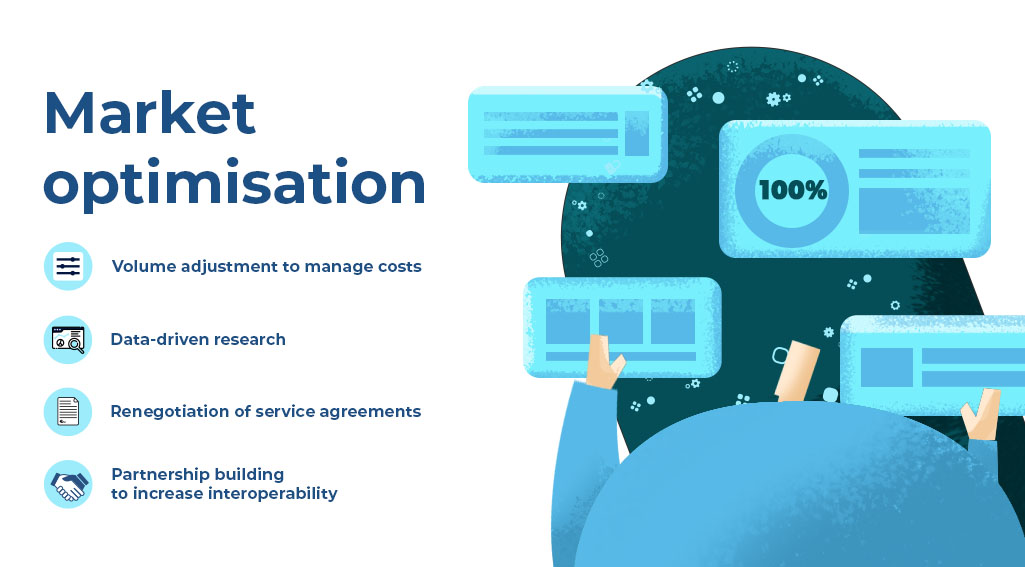
Cross-Border Challenges Cost a Lot, but There’s a Simple Solution
by Fintech News Malaysia November 14, 2022Cross-border payments are complex – just how many times have you read that before? But just how complicated and costly are these challenges?
Regulatory complexities
Every country comes with its own set of regulations that govern financial transactions. For example, some payment destinations have no capital controls, which makes funding easier compared to those that impose additional restrictions.
Government policies may shift too, forcing payment service providers to relaunch payout corridors that turned unfamiliar.
Navigating regulatory differences cost a lot. Leading professional services firm Deloitte reported that costs associated with compliance have increased by 60% for financial institutions.
That’s not all, the Bank of International Settlements, in a report to the G20, noted that regulatory constraints hindered the implementation and standardisation of application programming interfaces (APIs) in payment systems.
APIs are one or more pieces of software that enable different payment systems to talk to each other and perform specific functions based on instructions or requests. A lack of standardised APIs means these systems cannot communicate effectively with one another, leading to slow transactions.
Cybersecurity risks
As most payments are now digital, cybersecurity is another major concern, especially for financial institutions. According to the 2022 AFP Payments Fraud and Control Survey, 71% of organisations were victims of payment fraud attacks or attempts in 2021.
Cyberattacks cost millions of dollars in monetary and reputational damage. The 2016 Bangladesh heist is perhaps one of the biggest known cyberattacks involving a financial institution. In the theft, hackers sent fraudulent transaction instructions via the SWIFT payment network and made away with US$81 million.
In 2017, hackers stole US$6 million from a Russian bank in yet another attack using the SWIFT system. In August, Cybersecurity Ventures predicted that cybercrime will cost US$7 trillion in damages this year.
Preventive measures themselves don’t come cheap either. In 2021, tech giants Google and Microsoft pledged US$10 billion and US$20 billion respectively to boost cybersecurity.
Consulting firm Gartner predicted in a recent report that the world will spend US$188.3 billion (+11.3%) on security in 2023. This increase in spending eats into budgets and factors into costs.
Payment solutions can help
Here’s a shocker: cross-border payment challenges cost a lot, but you don’t have to overcome them yourself.
Why invest millions in building networks and infrastructure, negotiating terms and maintaining an in-house team to take care of your payments when you can get specialist help?
Just make sure they follow these best practices.
Best cross-border payment practices by Tranglo



To learn more about how the right payment solutions can help your business overcome cross-border challenges, visit www.tranglo.com





